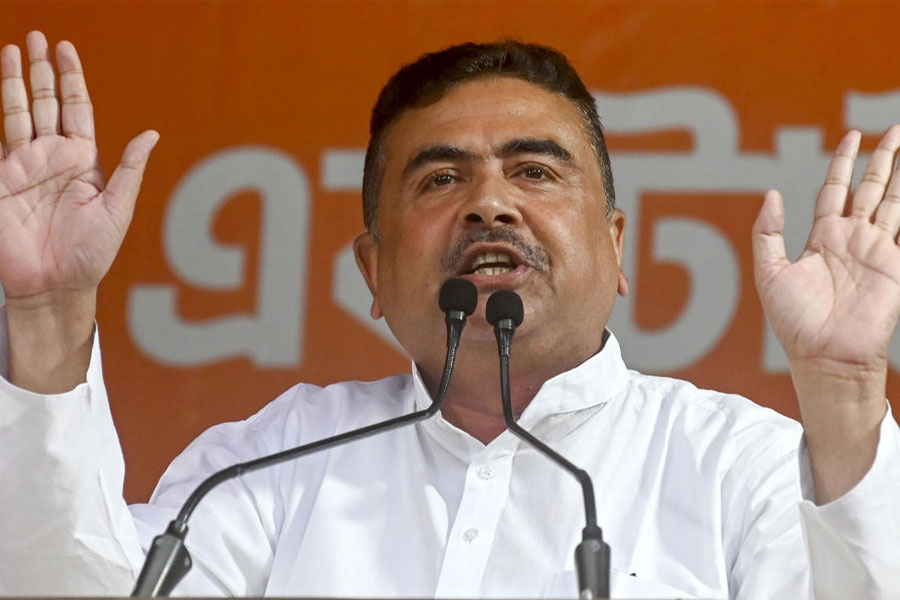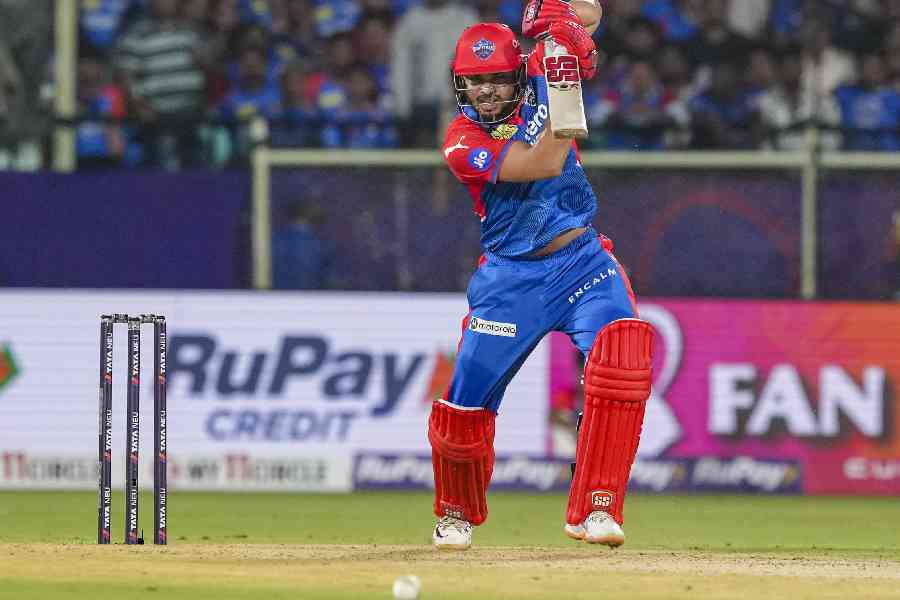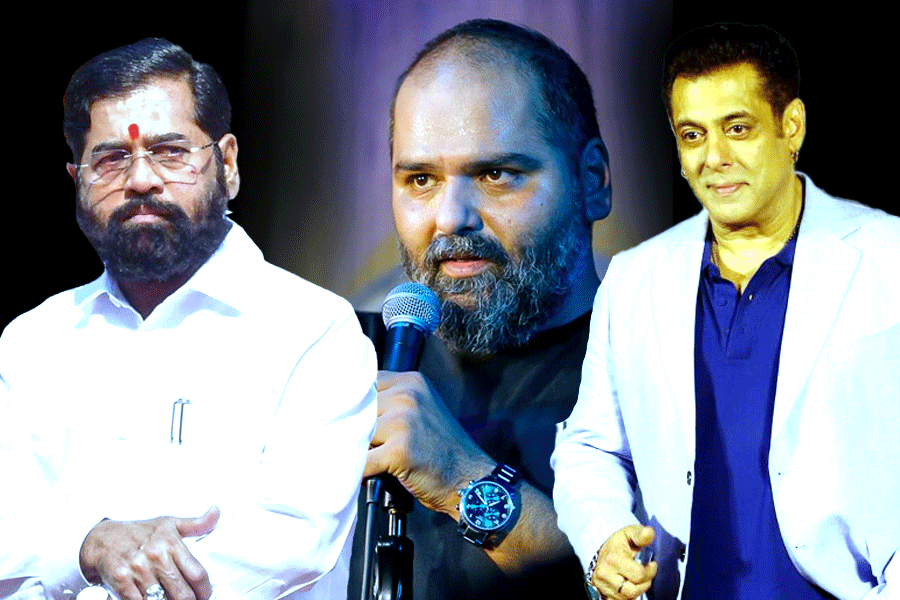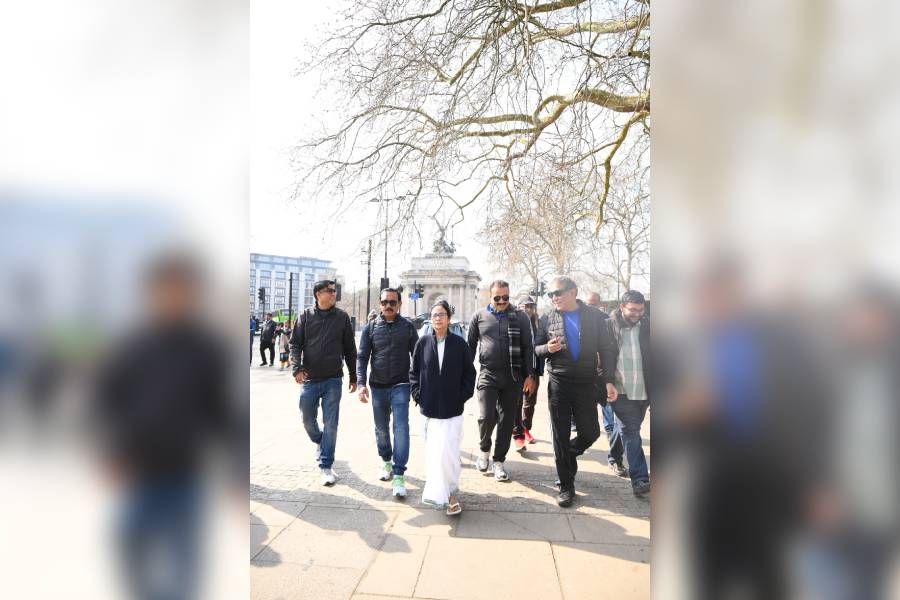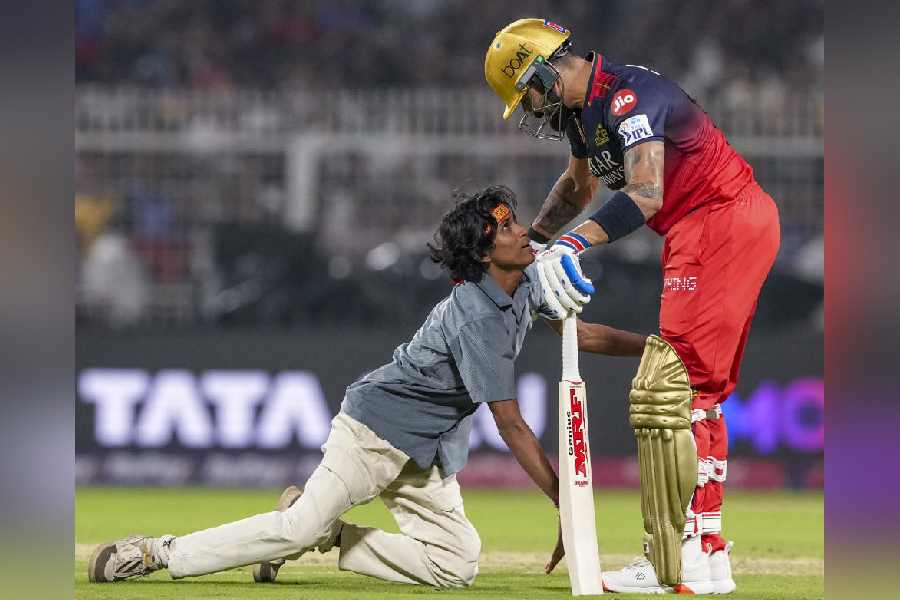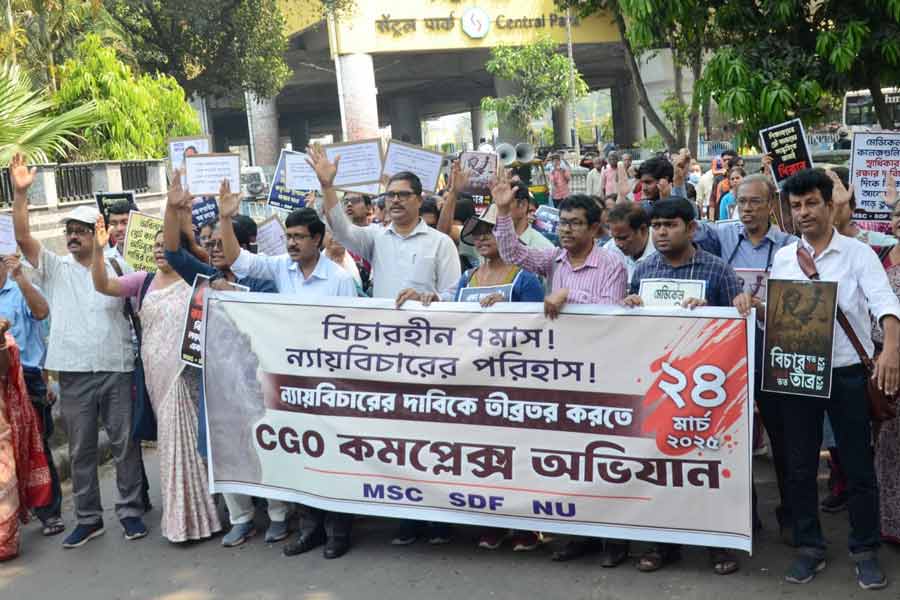
— Manu Jain, managing director of Xiaomi India
When Manu Jain speaks, people listen. The vice-president of Xiaomi Global and managing director of Xiaomi India has taken his company’s set-up in India from “a six-seater room” four years ago to a “180,000sqft building with 750 seats” in Bangalore. The IIT Delhi and IIM Calcutta alumnus has been the force that made the Beijing-headquartered company’s smartphone business number one in India. According to recent figures from International Data Corporation (IDC), Xiaomi continues to maintain its lead in India with 30.3 per cent market share, while Samsung is in second place with 25.1 per cent share.
t2 caught up with Manu in Delhi hours before he announced the Redmi Y2, which steals not just the selfie game from its competition but also delivers a wonderful mobile experience at down-to-earth prices.
How do you decide what phone you want to launch?
We continue to look at the different user needs and where we should launch a device to meet those needs. If you look at all our devices from last year, they were all-round products — good processor, good camera, good battery but there was no one specific use case product, except Redmi Y1 which was selfie-focused. It became an incredible success in a short time. How do we define a selfie phone? Any phone which has 6MP (or above) front camera. It was the number one selfie phone in Q4 (2017) and again in Q1 (2018). We achieved this at a time when most companies have spent four-five years and millions of dollar to develop and market selfie phones.
One criticism Xiaomi has faced in the past has to do with flash sales.
The aim now is not to have flash sales because we have been able to scale up our supplies. We do not want to have flash sales. It was a good model for us when we started in India four years ago. Today we are the single largest brand in India and it is our moral responsibility to ensure our consumers can buy as hassle-free as possible at any point of time. If you look at IDC figures, in the last three quarters we have sold between nine and 10 million phones in each quarter, which is pretty remarkable because the brand that was number one before us [Samsung] used to do seven and a half million at its peak. The demand is still higher. So we are still ramping up our factories and we are open to setting up more factories.
Maybe in the first few weeks when the demand is significantly higher, we may have a short-period sale but the aim is to have open sales across the board. If you look at our phone portfolio today, except for Redmi 5A and Redmi Note 5 Pro, all our phones are on open sale.
Flash sales were great for us four years ago because we used to import limited quantities every week and we used sell it off every week. You have to understand that the factories we announced two months back are factories we have been working on for more than nine months. You have to open physical infrastructure and not a website.

Among the many pluses Xiaomi is known for is quality....
For every single phone, we do a large number of tests. A simple drop test involves dropping a phone from a one-metre height on six different surfaces, and we do this 200-odd times. A simple thing like putting in and taking off the headphone jack, we do it 5,000 times. The side buttons are pressed five lakh times. Field Failure Rate is important. If I sell 100 phones, how many come back for repair… any kind of repair? There is no third-party report on this but we track it ourselves and that of our competition. Our estimates say we are 50 per cent lower than the FFR rate of the top five brands in the country.
Xiaomi started online and now has a presence offline. What’s your online and offline sales split?
70:30. Our offline presence is only in the top 30-40 cities and we are already the second largest brand (in the offline segment). Our market in this segment has grown more than 30x in this last one year, which means the actual volume has grown even more. Bangalore, Indore and Chandigarh are some of the cities we started six-eight months ago. We have already become number one in these cities. In these 30-odd cities, we are either number one or a close number two.
When do you think you can hit the 50-50 mark?
By the end of this year or early next year, we should be able to hit the 50-50 mark. For smartphone business, our top priority is to expand offline. The reason is that we believe that our products are not just for the top 30-40 cities but are meant for consumers across the country. I really believe there is a latent demand in small towns and villages because not many brands have gone there. Price sensitivity is very high in these places. If somebody is thinking of upgrading to a smartphone, they have no option because the under-10K phones that are available either have bad specs or are of bad quality. We can actually bring millions from these places online.
Will there be a difference in the devices you take to these smaller markets vis-a-vis cities?
It’s not that people don’t have money in smaller towns. Most people here are upgrading from feature phone to smartphone. When one is doing that the natural instinct is not to splurge. They don’t want to spend more than 10-15K; ideally 7K. The Rs 5,999 phone we sell now — Redmi 5A… there is no brand that would be able to sell a similar phone under 9K.
We have a simple philosophy: Any phone we launch, all the executives, including the CEO and chairman, have to use that phone as his or her primary device for some time. If you can’t use it as your primary device, you can’t launch it. We are not a company that plays a double standards game. Anything we can’t use ourselves, we cannot introduce it for our consumers. Tomorrow if we are able to launch a phone that’s way below Rs 6,000, everyone in the company should be able to use it. Experience is paramount.

When you offer a good product, the life cycle increases. That should bother a company.
The longer the life cycle, the better for our business. It helps in two ways. First, when a company is planning a product with a longer life cycle, you are thinking where would the market be one year down the line. It forces us to build a much better product. Second, component price goes down. When you plan a longer life cycle, what happens is at the beginning you sell almost at cost. Over a period, the cost goes down. That’s when you make profit on the hardware business. Whatever the case, we never keep more than five per cent profit margin.
Everyone is talking about Mi TV. Are you manufacturing them in India?
No. We are evaluating when we can do this… not just for TV but for across categories. We believe in the Make in India philosophy. We are trying to get all our top 50 suppliers in the world to come and set up shop here. Any category in which we have a significant volume, we would explore setting up a factory here.
The challenge that we face here is that for some of the categories there are no existing good quality manufacturers. The options are to train them or get your existing suppliers to come down to India. Like the Mi Band, we are number one in the country. If there are two wearable devices bought in India, one is a Xiaomi product, which is incredible. But we haven’t been able to find someone in India who can do justice to our Mi Band and produce them here. Technically, our smart bands are made by a company called Huami, which is our ecosystem company and it just went public on the NYSE. Xiaomi owns a significant stake in the company. TVs are designed completely by us.
What can we expect from Redmi Y2?
The Redmi Y2 is a significant upgrade. It looks extremely beautiful and elegant with metallic brush finish in the back. The biggest upgrade over the Y1 is in the camera. This one has a 16MP AI-based selfie camera. We have done a lot of things in terms of software optimisation. First, you can take great selfies even in the portrait mode. Second, we have Auto HDR, which automatically detects what is in the background. This phone is also great for group portrait selfies. Usually what happens in portrait mode is that the person who is standing in the front is in the focus and the others are blurred out.
We have also introduced dual camera on the back. The 12MP + 5MP (1.25 micron pixel) set-up is much more costlier than most of the other dual cameras out there, like the 13MP + 2MP. There is also a big upgrade on the processor side — Snapdragon 625. We genuinely believe that at this price point, it offers a powerful performance.
Under the hood
Display: 5.99 inch, 18:9 aspect ratio
Front camera: 16MP (comes with LED selfie-light with 4500K temperature to simulate natural white light)
Back camera: Dual 12MP + 5MP
Processor: Snapdragon 625
Price: Rs 9,999 for 3GB+32GB and Rs 12,999 for 4GB+64GB
Available: June 12
Xiaomi is my phone because... Tell t2@abp.in


